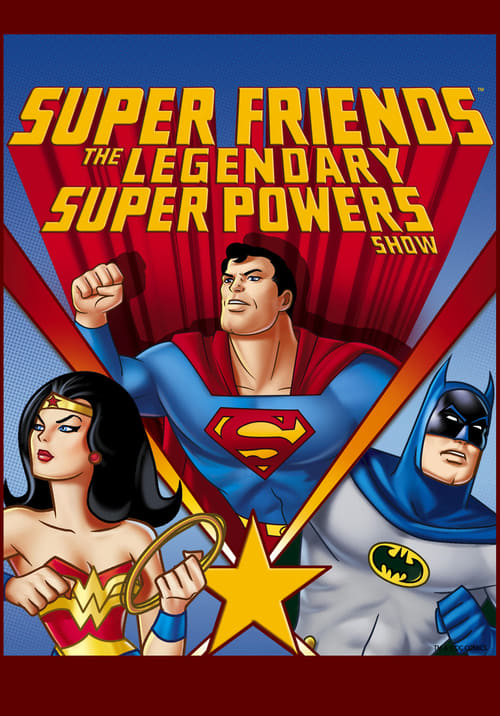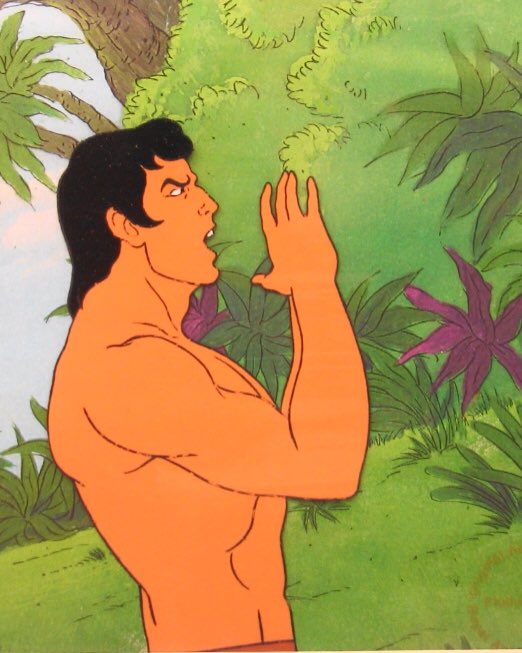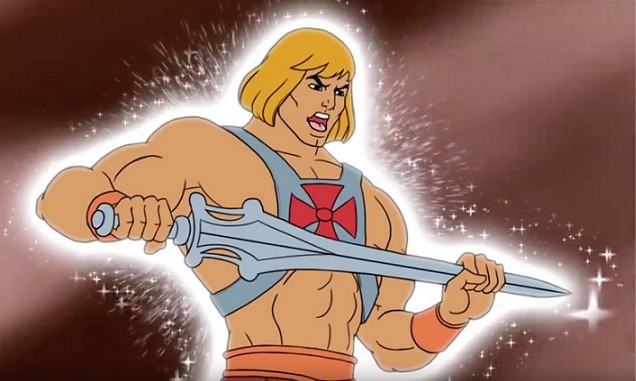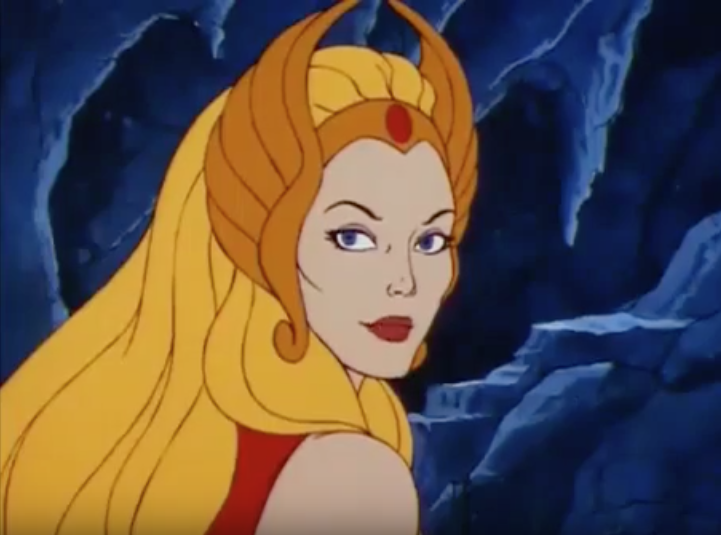Two weeks ago, The Workprint hit the Garden State Comic Fest in Rockaway. While we were there, we caught up with legendary cartoon animator Tom Cook.
As a child of the seventies and the eighties, Tom Cook’s resume reads like a cartoon fanboy’s fantasy. His work was an integral part of every Saturday morning (and most after-school programming) that I had growing up.
“What projects was Cook part of?” You ask. Well, back in the day, Cook was an animator for three of the biggest cartoon production companies of the day: Hanna-Barbera, Filmation, and Ruby-Spears. His work includes SuperFriends: The Legendary Super Powers Show, Scooby Goes Hollywood, Plastic Man, Heathcliff, Garfield, Thundarr the Barbarian, Tarzan, He-Man, She-Ra, The Lone Ranger, Blackstar, Duckman, and many others.
When a kid watches a cartoon, all they really get is the finished product. There is a lot that goes into each of these shows. While no one wants to see how the sausage is actually made, I found the insight Mr. Cook had regarding the art, the work, and the process fascinating.
I got to ask Tom Cook a few questions at the Garden State Comic Fest Winter 2022. He was open and candid and full of great stories.

How did you get into the animation business?
Tom Cook: It was a weird way that I got into the business. I was a bus driver. On my day off, I went out to my mailbox and got my mail. I was sitting down in the kitchen to make myself a sandwich and was going through my junk mail. As I was sitting down to eat my sandwich, I saw this little pamphlet. It was the local college, Cal State Northridge, and they were holding classes in the summertime. So, I thought I’d check them out. There was a comic book class. I decided to take the comic book class because I was a big comic book fan.
My teacher worked for Hanna-Barbera. He saw the artwork that I brought in for my portfolio. He was working for them as a storyboard artist and he was starting The Superfriends project. He asked me if I’d be interested to work there if he recommended me. He got me into a class for basic animation for free. Three weeks later, I got hired.

I know you worked for Hanna-Barbera and for Filmation—which were your favorites?
Tom Cook: Ruby-Spears, as well. But Filmation was my favorite because 1) they kept the work here in the United States. So, I had a job. And 2) it was a good gig because the owner of Filmation, Lou Scheimer, was a really nice guy and took care of the artists. If you look at the credits, our names stay up there for quite a while—they are not running by there a mile a minute. He wanted to make sure that we got the credit. He passed away about ten years ago, but he was just a great guy. The fact that he kept the work in the United States instead of sending the work overseas where he would have made ten times the amount of money in cost savings was great. It was the reason why everyone wound up working at Filmation. It became a huge company.
Chris Peruzzi: The one thing I remembered from Filmation cartoons, especially the old Tarzan series, was it was so detailed. I mean down to watching the monkeys blink for a snapshot. It was fabulous. When I think back on the cartoons of the seventies, those were the really good ones.

Tom Cook: It was more realistic than the other companies. Everything was a little more ‘cartoony’. He-Man and Skeletor were real human-looking figures.
Chris Peruzzi: It was that and the angles that you took. I know that a lot of the stuff was repeated but a lot of the repeated shots were really well done.
Tom Cook: Well, a lot of the repeated shots were because our budgets had to be cut in order to compete with Japan. I mean, we were getting $18 bucks an hour, and to compete with their rates we had to find ways to economize. So, the way Lou got around it was to make some really good animation of the characters running and using repeat footage. Change the background. Change the distance. He knew that most kids weren’t going to notice.
Chris Peruzzi: Because you were doing the work on the transparency of the cells. Actually, that leads me to my next question—
With a lot of the new technologies that are out there, what new technology would have made your job a lot easier back in the day?

Tom Cook: Any of the stuff that they use today would have made the job easier, but it would not have made it better. What they do today is use the technology to draw the “in-betweens”. What we had done back in the day was use the cells to draw things like a turning head where you could see the angles of the face change with the animation. The newer stuff doesn’t make it look like it’s really alive. They’ll do that with the body until it has to move with a quick change in direction. We would do it smoothly. I don’t think it looks as good today as some of the things we did back then. A head turn now would be a snap in the direction. We would draw the images between the motion.
Who were your main influences?
Tom Cook: My main influence was Steve Ditko. That’s why I decided to draw because I loved his Spider-Man. I was eight years old when Spider-Man came out and it changed my life. It made me want to draw. About five years ago, I was at the New York Comic Con and I introduced myself to Steve.
Chris Peruzzi: He was at the New York Comic-Con?

Tom Cook: He had an office. And seven days a week he was doing some kind of work for some guy in Oregon, I think. I talked to the security guard and I told him that I didn’t want to ambush him. But I just wanted to thank him for inspiring me to become this animator. So, I waited for him to come out of the elevator. I got a picture of me in front of his office and it said “S. Ditko”. He was really nice. I got to shake his hand and I got to thank him. He really appreciated it.
Then when I worked on Thundarr the Barbarian, I got to meet Jack Kirby. He gave me his address and phone number and told me to come over to the house. Then about four years ago, I was at Stan Lee’s Comikaze in L.A. and the person who ran the show was a big She-Ra fan. She told me to bring a bunch of my stuff and she’d set up a time for Stan to sign. I spent twenty minutes talking to Stan. All three of those guys really influenced me.
Chris Peruzzi: A lot of the drawings and a lot of what you’ve done influenced so many of the modern artists—especially Alex Ross. He took so much of that and brought it into fine relief. It’s amazing the culture that you helped create.
Tom Cook: It was nice to be part of that. When I was talking to Steve Ditko he was saying that when he was a kid he had his favorite artists, too. I was talking to John Romita, Sr. and I mentioned that I had gotten a commission done by George Tuska, who was about 93 at the time. I’ve got this beautiful Iron Man versus Titanium Man that he did for me. John told me that George was his inspiration. He said, “All of a sudden, I’m working with George Tuska at Marvel.” Everybody gets their inspiration. Then you see someday that it’s your turn to be the inspiration.
What it did for me was that most of the people that I worked with weren’t big comic book fans, but they liked cartoons. So, when I worked on He-Man or Super Friends, I had the superhero mindset and knew the poses—and they didn’t. They would say things like “I don’t know how to get this character to look really dynamic.” I’d tell them to pick up a Jack Kirby comic book if they wanted to learn dynamic poses.
Last question. How long did it take to produce a single half-hour episode?
Tom Cook: We had a week to do an episode. That was our section. Then it would go to “Ink and Paint”. I think it took a couple of months to get an entire episode from start to finish. We had a week. I would get my stack for the week. Then Monday morning you’re picking up work for the next episode. We must have had about a hundred and twenty animators and assistant animators. That’s how we could get through it. Those were the opportunities for the reusable scenes. That’s what Lou would go over and decide over the “stock scenes”. Like anytime He-Man fights against Beast Man, we’d use a specific stock scene again.
